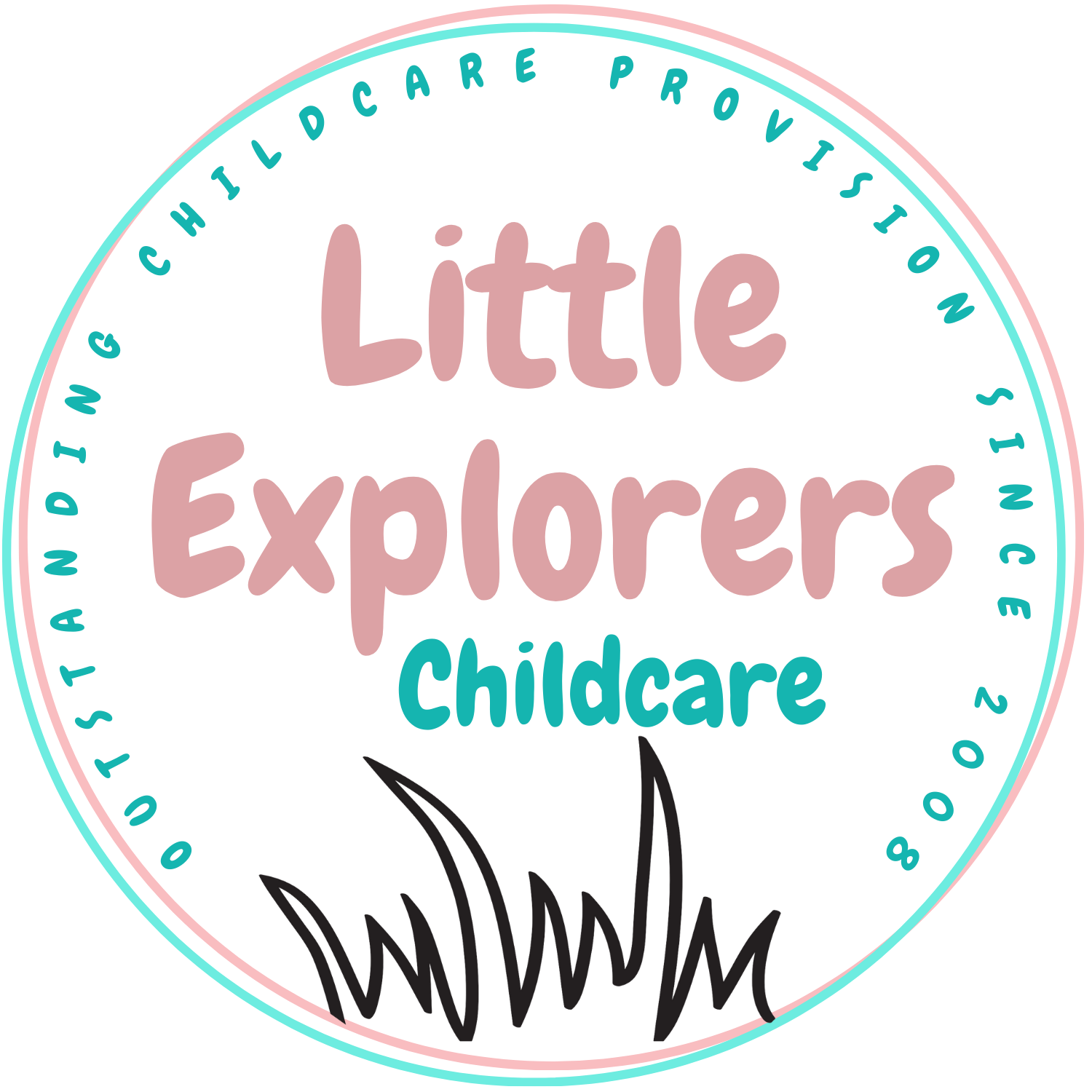What Children Learn From the Stories We Tell.
At Little Explorers, our curriculum is designed so children grow up seeing difference as normal, valued, and part of everyday life. Too often in early years, practice slips into tokenism, a single “diverse” doll, a copy of Handa’s Surprise pulled out once a year, or a box of “multicultural” books left in the corner. These gestures may look good, but they do little to shape a meaningful daily curriculum. Good intentions alone are not enough, what matters is what children actually learn.
Curriculum: What we want children to learn…
Children need daily opportunities to hear ambitious vocabulary, meet characters who challenge stereotypes, and understand that stories always carry messages about the world. When texts reflect a wide range of voices, families, and experiences, children learn that difference is ordinary and valued. Embedding this in our curriculum supports their right to education by ensuring that learning is broad and inclusive, not narrowed to a handful of familiar titles.
Teaching: How we make this happen
Teaching at Little Explorers means being intentional about the books we choose. Traditional tales like The Enormous Turnip often present the old woman as weaker than the man, while many princess stories show women as helpless and waiting to be rescued. If these ideas are never challenged, children absorb them without question. Similarly, if so-called “diverse” stories are only offered occasionally, children learn that difference is something unusual rather than part of everyday life.
Instead, we weave inclusive texts into daily practice so they sit naturally alongside familiar favourites. Stories like Zog, where Princess Pearl becomes a doctor, or And Tango Makes Three, where two male penguins raise a chick, are treated as normal choices, not extras. Conversations about stories give children the chance to share their own views, linking to their right to be heard, while role play based on these texts supports imagination, fairness, and collaboration, connecting to their right to play.
Outcomes: What difference this makes for children
The difference is clear in the way children talk and play. We hear them use ambitious vocabulary about kindness and fairness. We see them take on non-traditional roles when acting out stories, and question why a princess always needs rescuing or why certain characters are always given more power. By embedding inclusive literature in our curriculum, children develop confidence, empathy, and curiosity, key dispositions for building friendships, engaging in school, and understanding the wider world.
Thought For Practitioners
For practitioners reflecting on their own approach to story provision, it may be helpful to ask whether the book corner is truly curriculum-led or whether it relies on a narrow set of safe choices that give the appearance of diversity without embedding it. Children benefit most when they encounter a wide and varied range of voices and perspectives, not just one or two token titles.
It is also worth considering the hidden messages of traditional tales and popular picture books. What assumptions about gender, family, or identity are being normalised if they are not explored? Do practitioners create space for children to notice and comment, giving them the language to challenge and re-imagine? Embedding this reflection into practice moves story time beyond surface gestures and ensures that children’s rights, to learn, to be heard, and to play, are upheld through the everyday texts and conversations that shape their world.
